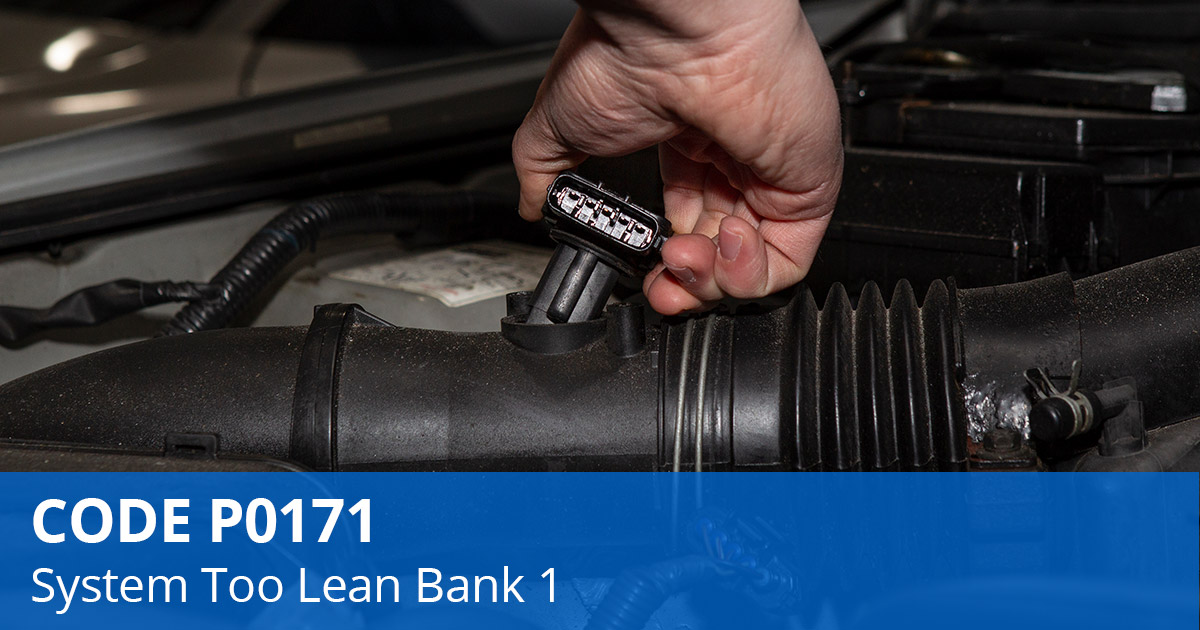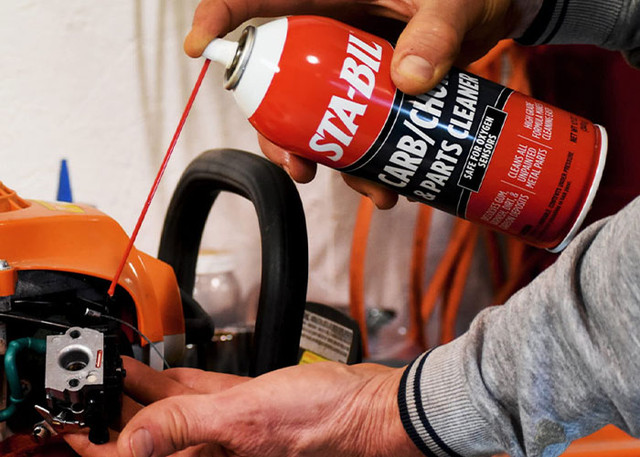Faster Delivery in 3-5 Days
Faster Delivery in 3-5 Days

When your check engine light turns on and reveals code P0171 (System Too Lean), it’s a sign your engine isn’t receiving the correct air/fuel mixture. This imbalance—too much air or not enough fuel—can lead to performance issues, increased wear on internal components, and potentially costly repairs if left unresolved.
Using a professional-grade Autel OBD2 scanner, such as the Autel MaxiSys Ultra, MS906 Pro, or MK808S, you can efficiently read, interpret, and clear the P0171 code while accessing real-time sensor data and system status. Whether you're a seasoned mechanic or a dedicated DIYer, Autel tools streamline diagnostics and reduce guesswork.
This guide covers the symptoms, causes, and step-by-step diagnosis of code P0171—and shows you how Autel scanners can simplify the repair process.

OBD code P0171 indicates the fault location
The OBD code P0171 – System Too Lean (Bank 1) means your engine's computer has detected a lean condition on cylinder bank 1 (too much air, too little fuel). The Mass Air Flow (MAF) sensor and Oxygen (O2) sensors provide feedback to the Engine Control Module (ECM), which adjusts fuel delivery accordingly. If the system exceeds its ability to adjust, it triggers the P0171 code.
Autel diagnostic scanners can display live fuel trim data (STFT and LTFT) to confirm this condition and assist in pinpointing the issue.

P0171 code detected with Autel OBD II scanner MS309.
When your vehicle's fuel mixture runs too lean (obd code P0171), these telltale signs often appear:
Illuminated Check Engine Light (Primary indicator)
Unstable Engine Performance:
Unstable engine performance is a key symptom of the P0171 trouble code. Drivers may notice a rough or fluctuating idle and occasional stalling, especially when coming to a stop. Hesitation or stumbling during acceleration is also common. These drivability issues are often the result of a lean fuel condition.
An Autel OBD II scanner can help identify these irregularities by analyzing live engine data such as short-term fuel trims, long-term fuel trims, and idle air control behavior, providing a precise view into the underlying causes of P0171 code.
Power Loss Issues:
Symptoms of obd code P0171 may include noticeable power loss, particularly under load. Misfires may also occur, frequently accompanied by secondary codes like P0300 to P0308. With an Autel OBD II scanner, you can identify these related codes, monitor misfire counters, and detect engine stress caused by lean conditions
Physical Indicators:
Physical signs of P0171 include spark plugs with white, chalky deposits, indicating excessive heat from a lean mixture. You may also hear audible pinging or knocking sounds during acceleration. An Autel OBD II scanner allows you to graph O2 sensor readings and compare them against expected values to verify a lean condition.

Physical signs of P0171 code include spark plugs with white, chalky deposits

A digital multimeter tests fuel and air sensor circuits for proper resistance and voltage
Autel’s advanced diagnostic tablets also offer active tests, allowing you to trigger injectors, fuel pumps, and EVAP systems directly from the tablet.
Use your Autel OBD II scanner to correlate live data with pressure gauge readings.
Employ a smoke machine only after using your scanner to rule out sensor-related issues causing P0171 code.
Prioritize non-destructive tests like multimeter diagnostics before part replacement.
Plug in your Autel OBD II scanner, auto-detect the VIN, and access the powertrain control module. Retrieve and document the P0171 code and any accompanying DTCs.
Use fuel trim data (LTFT/STFT) on the Autel OBD II scanner to detect lean conditions. Values exceeding +15% suggest a vacuum leak contributing to P0171 code.
Review live airflow readings. Clean the sensor if the values are outside spec. Your Autel OBD II scanner can help confirm accurate MAF function post-cleaning, aiding in P0171 code diagnosis.

Clean the MAF Sensor
Compare fuel pressure readings with manufacturer specs. Low readings confirm a lean condition and validate the presence of P0171 code. Use scanner output to view injector pulse width.
Graph both upstream and downstream sensors using the Autel OBD II scanner. Look for slow transitions or inconsistent voltages, which may support a P0171 code diagnosis.
Remove and inspect plugs for white deposits. Replace as needed and clear the P0171 code using your Autel OBD II scanner.
>
Utilize scanner functions to activate injectors, EVAP solenoids, or the fuel pump. These tests assist in verifying components related to P0171 code.

Some Autel OBD II scanners have full bi-directional control functions.
An Autel OBD II scanner offers real-time data monitoring, customizable graphing, and bi-directional control—key features when diagnosing P0171 code. These scanners allow you to run active tests, evaluate sensor performance, and generate full pre/post scan reports.
With wide vehicle coverage across domestic, Asian, and European makes, an Autel OBD II scanner ensures that diagnosing P0171 code is faster and more precise, reducing misdiagnosis risk.
Ignoring P0171 code can result in misfires, overheating, and long-term damage. By using an Autel OBD II scanner, you gain the ability to identify causes quickly, monitor repairs in real-time, and ensure lasting resolution. With their powerful diagnostic features, Autel OBD II scanners provide a reliable path to solving lean condition issues like P0171 code efficiently and effectively.